| Home | Nature Weekly Index |
12 March 2017 | Magenta Plant (Part 2) | Peristrophe bivalvis |
In my post last week on the Magenta Plant (Peristrophe bivalvis), I indicated that I brewed some leaves hoping to see the magenta solution but instead got an orange-brown solution. In order not to waste all my effort of preparing the decoction, I freeze the decoction into small ice cubes. Over the week, I drank a few glasses of the decoction by dissolving the ice cube water. Besides the tea-like colour, the diluted solution is almost tasteless.
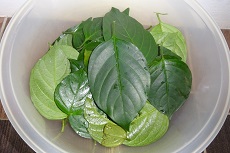
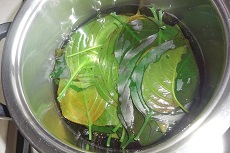
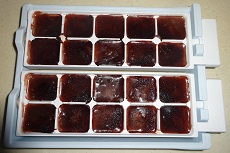
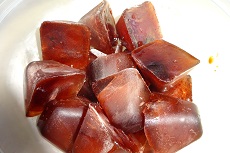
Since the extract from its leaves was being used as a food dye and the plant was utilised in traditional Chinese medicine, I deducted that the decoction from the plant should be relatively safe. Furthermore, I had diluted the decoction quite a bit. Since I was still around writing this post a week later, the decoction seemed to be relatively safe, at least for me.
In the quest of resolving the colouration of the decoction, I noted that this plant was very popular in Vietnam under the local name Cam as it produced a dye used in the preparation of some common local food. Not too long in the search, I came across a recent publication that indicated that this herb had different subspecies and they might be differentiated by the colouration of the aqueous extract. There were at least 3 varieties that produced either red, purple or yellow aqueous extracts. With this find, I could conclude that the species that I collected from the wild here was the yellow-extract variety.
The search also led me to change the botanical name of this herb to Peristrophe bivalvis from Peristrophe roxburghiana, which I had been using in my website until this particular finding. The botanical name Peristrophe roxburghiana was indicated as a synonym of Peristrophe bivalvis in the Plant List website. This was also the case in the Flora of China website. The plant seemed to have another botanical name, Peristrophe baphica as reported in a China plant database in 2002 and the name was used in some websites. However, information in the Flora of China published in 2011 had assigned Peristrophe baphica as a synonym of Peristrophe bivalvis. It is therefore quite clear that the accepted name should be Peristrophe bivalvis.
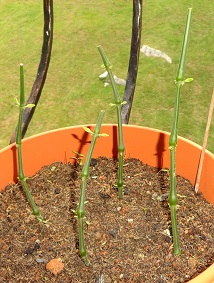
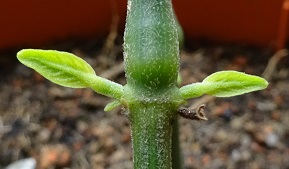 The commonly used Chinese name of this plant is 红丝线. However, this name is also the name of a totally different plant
known botanically as
Lycianthes biflora
(family: Solanaceae). Some Chinese websites actually displayed the red berry-like fruits from Lycianthes biflora and
the purple flowers from Peristrophe bivalvis in the same page, giving the impression that they were the same plant.
Hence, care should be exercised when referring to the treatment recommendations based on the plant’s Chinese name.
The commonly used Chinese name of this plant is 红丝线. However, this name is also the name of a totally different plant
known botanically as
Lycianthes biflora
(family: Solanaceae). Some Chinese websites actually displayed the red berry-like fruits from Lycianthes biflora and
the purple flowers from Peristrophe bivalvis in the same page, giving the impression that they were the same plant.
Hence, care should be exercised when referring to the treatment recommendations based on the plant’s Chinese name.
In Singapore, Peristrophe roxburghiana was listed in the local Flora Checklist published in 2009 and the plant was spotted at Upper Thomson Forest area based on a report published in 2014 in the Nature in Singapore journal. Hopefully, I could get my hands on the magenta variety one day to brew the purplish-pink solution that I had originally set out to do. As for the leftover leafless stems, I had planted them in a pot and tiny young leaves could be seen in just a week.